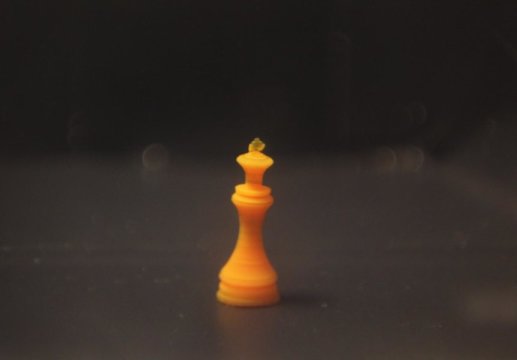
3D Print Shape-Shifting Smart Gel by Rutgers Engineers
3D printing becomes 4D as objects morph over time and temperatures change
3D printing becomes 4D as objects morph over time and temperatures change
Engineers at Rutgers–New Brunswick and the New Jersey Institute of Technology worked with a hydrogel that has been used for decades in devices that generate motion and biomedical applications such as scaffolds for cells to grow on. But hydrogel manufacturing has relied heavily on conventional, two-dimensional methods such as molding and lithography.
In their study, the engineers used a lithography-based technique that’s fast, inexpensive and can print a wide range of materials into a 3D shape. It involves printing layers of a special resin to build a 3D object. The resin consists of the hydrogel, a chemical that acts as a binder, another chemical that facilitates bonding when light hits it and a dye that controls light penetration.
The engineers learned how to precisely control hydrogel growth and shrinkage. In temperatures below 32 degrees Celsius (about 90 degrees Fahrenheit), the hydrogel absorbs more water and swells in size. When temperatures exceed 32 degrees Celsius, the hydrogel begins to expel water and shrinks. The objects they can create with the hydrogel range from the width of a human hair to several millimeters long. The engineers also found that they can grow one area of a 3D-printed object – creating and programming motion – by changing temperatures.
“If you have full control of the shape, then you can program its function,” Lee said. “I think that’s the power of 3D printing of shape-shifting material. You can apply this principle almost everywhere.”
The study’s lead author is Daehoon Han, a doctoral student in the Department of Mechanical and Aerospace Engineering at Rutgers–New Brunswick. Co-authors include Zhaocheng Lu, another doctoral student, and Shawn A. Chester, an assistant professor at New Jersey Institute of Technology.
Reference:







Leave a Reply